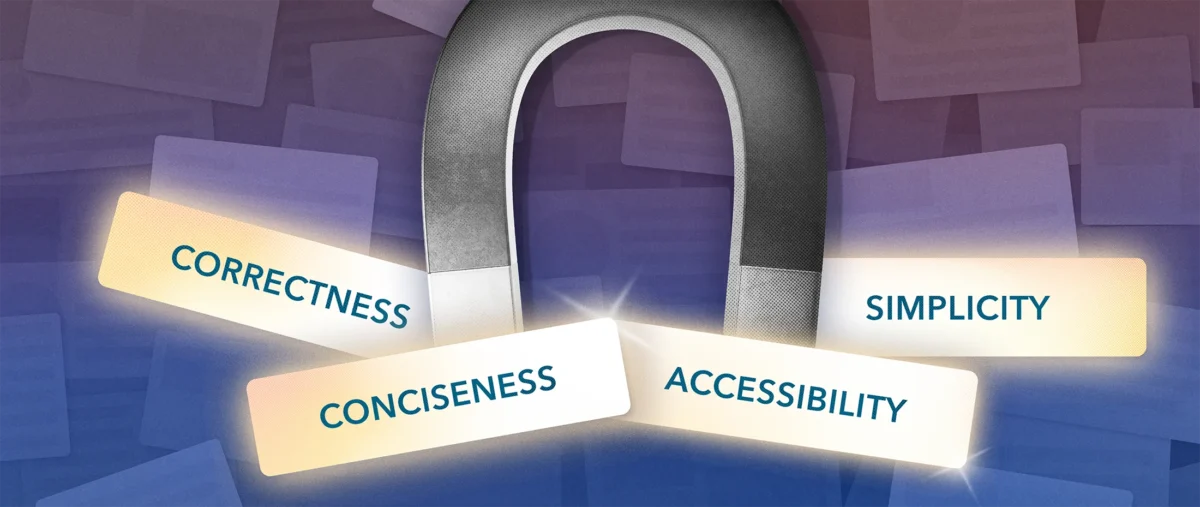In 1958, management guru Robert K. Greenleaf read a book by German author Herman Hesse called Journey to the East about a group of men on a pilgrimage to find illumination. The group falls apart when their servant Leo disappears. Over the course of the story, the reader discovers that the servant was the unacknowledged leader of the party, and it was the very quietness of his leadership that made him so effective.
So it is with the known and unknown leaders who influence our lives. The teachers whose ideas guide us, the caregivers who keep us from disease, the public servants who keep our infrastructure in place, the coworkers who put in the extra time — all these are examples of servant leaders.
How can marketing, whose job is ostensibly to push products and sell ideas, be worthy of such a list?
It all comes down to how you define the goals of a marketer. I have deep admiration for the artistry of a great consumer ad. But the bulk of marketing’s work is less visible. Public service announcements, corporate learning materials, social media copy, intracompany emails, nonprofit communications, even the words in the margins of a government form — all these, too, are the work of marketers.
At its most visible, marketing means creating a link between a product and the mind of the consumer. But in reality, most marketers spend their time creating links between the minds of people, the communities where they live and the companies where they work.
If we see the market as merely companies, customers and shareholders, it is difficult to see marketers as much more than servants to those shareholders. But if we see the market as the total set of stakeholder relationships, another picture emerges. For marketers and communicators, stakeholder capitalism, on the rise since the Business Roundtable’s redefinition of a corporation last year, means shifting our audience priorities. We have to raise our standards of effectiveness. No strategy or creative product should pass muster unless it is of service to all our clients’ stakeholders.
In this time when all of our institutions are being tested, we can and should set higher standards for the use of our creative and strategic powers. Even if we don’t always succeed, I’m convinced our work will be the better and the more effective for this effort.
Servant leaders are rising to the top
Companies that are only talking about their own performance are seeing a dip in the reputation of their brands, starting with a dip in the reputation of their leaders. This is an insight drawn from SJR’s first Leaderboard report, which ranks the reputation of the Fortune 100 CEOs since the start of the pandemic. Those who take the time to communicate with their stakeholders, especially their employees, and who are speaking with full awareness of the cultural context of the pandemic and the social unrest in the US and the rest of the world are getting a substantial boost in their reputations.
It has been true for the last few years that companies have been stepping in to fill a perceived void of leadership once occupied by elected officials. Where once a brand’s promise extended only to its products, it now extends to its values and its stewardship of the places and people it affects. This was a novel expectation a few years ago — today it is unquestioned.
For brands who don’t know what they stand for and who their stakeholders are, there is a rough road ahead. For those who have taken the time to define their positions and communicate them to their employees, their customers, their shareholders and their communities, there is also a rough road ahead, but the path at least will be clear.
What does servant marketing mean for your people?
Legendary adman David Ogilvy famously said that his most important asset rode the elevators up in the morning and down in the evening. It was the people, in other words, who gave his company value.
We are now in our third month of a tumultuous market. It may take years for certain parts of the economy to recover from COVID-19. Companies and communities will be reeling from the effects of the civil unrest long after the protests and riots of May and June 2020 have passed. Creativity will be necessary as all employees, in the wake of these events, are asked to shoulder heavier burdens with fewer resources. If you’re going to create a connection between your company and its stakeholders, it will be tougher than ever to keep pace with those stakeholders’ needs.
Cultural literacy is no longer a nice-to-have but a need-to-have. So too with professional development. If you don’t know your stakeholders and the context in which they live, you cannot talk to them in a way that will be persuasive or useful. And if you are not arming your people with new skills and knowledge continuously, you are handicapping their ability to rise to the ever-increasing challenges of the moment.
At the heart of both these functions is marketing, the building of connections between the minds of stakeholders and the companies and communities where they work and live.
And for any marketer to raise themselves up to this high standard, the first step is to take on a service mindset.






